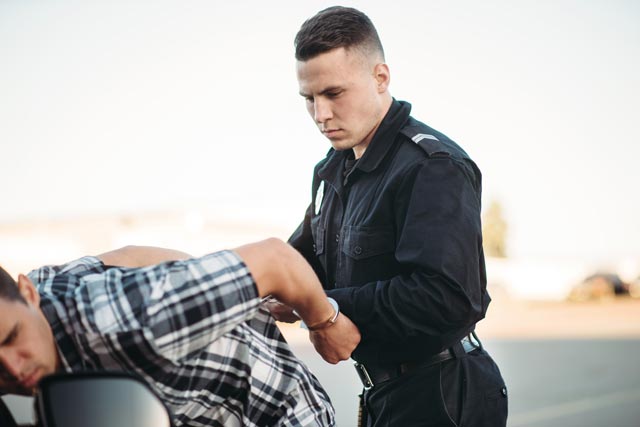What You Should Know About Standardized Field Sobriety Tests

A person who doesn’t anticipate the sirens of a police vehicle at night can second guess themselves about how they were driving. When you’re pulled over, you could be asked if you’ve been drinking.
You may then be walked through a series of tests to confirm whether or not you’re sober. Though these tests may appear harmless at first glance, what if you knew that not all these tests are fair?
Understanding Standardized Field Sobriety Tests (SFSTs)
SFSTs are issued by police officers who suspect those who drive under the influence of inebriating substances. Know that you have the legal right to refuse to participate in these standardized field sobriety tests. However, there are potential ramifications in avoiding these tests that could lead to an arrest.
In this article, I’ll give you the breakdown of what these SFSTs are, and on what grounds you can be implicated for a DUI charge:
1
A walk-and-turn test
The officer will ask you to take nine heel-to-toe steps on a straight line, rotate on one foot, and do the same in reverse. A walk-and-turn test is designed to see if you’re capable of listening to instructions and usage of your motor skills. The officer will then judge whether or not you’ve failed the test by how you perform specific commands. Know that you can fail the walk-and-turn test due to the following:
- Starting the test before the officer completes the list of instructions
- Taking too much or too few steps
- Stopping in-between of the test to regain balance
- Using your arms as support for balance
- Failing to maintain balance throughout the test.
If you have trouble with balance even without being under the influence or if you have a hard time hearing, the officer may still consider your inability to perform the exercise as indicative of high alcohol consumption.
2
One-leg stand test
As its name suggests, the test will require you to stand with one foot six inches off the ground. The test will take approximately 30 seconds while the officer tests you for impairment. You can fail the one-leg stand test due to the following:
- Dropping your raised foot
- Hopping on your one leg to maintain your balance
- Swaying your arms as support to maintain your balance.
Similar to the walk-and-turn test, the one-leg stand test is dependent on the person’s core strength. People who don’t maintain a fit lifestyle can fail the test by not being able to comply with the arbitrary rules that focus on a person’s physical fitness.
If you have questions about standardized field sobriety tests, contact us today.
3
Horizontal nystagmus test
A person’s eyes are prone to involuntary jerking when they rotate their eyes to high peripheral angles. This type of movement, however, is more present to drunk drivers. The officer will ask you to follow an object horizontally. You can fail the horizontal gaze nystagmus test due to the following:
- Failing to follow the object at the right speed
- Jerking your eyes before reaching a 45-degree angle or reaching maximum deviation.
Statistics show that this type of test correctly indicates a person’s impairment at 77% of the time. Although the percentage is high, the remaining 23% of people subjected to this test unfairly fail it even without being under the influence of alcohol.
Conclusion
Dealing with the unfairness of the law is an uphill battle. The impracticality of these SFST tests affects many people who can fail it regardless of whether or not they are intoxicated.
Another critical factor in failing these tests is the officer’s biases in observing what rules have been broken as there is no precise and objective measurement of how to fail each test. If you feel that you’re being held in contempt for DUI without any substantial evidence, you should work with a lawyer to represent you in challenging the results of these tests.
If you’re looking for a criminal defense attorney in Bossier City to represent you in court, then look no further. My services as an attorney at law are open to hearing your plea – schedule a consultation today.
Related Posts

What is the DWI Cleansing Period Louisiana?
When facing a DWI (Driving While Intoxicated) charge in Louisiana, it’s essential to understand the “cleansing period.” Our law office can help protect you.

Where Can I Work If I Have a DUI in Louisiana?
Are you struggling to find employment in Louisiana due to a DUI conviction? Learn how to overcome the challenges of a DUI conviction and find employment.
Archives
- June 2023
- March 2023
- January 2023
- September 2022
- August 2022
- July 2022
- June 2022
- May 2022
- February 2022
- January 2022
- December 2021
- November 2021
- October 2021
- September 2021
- August 2021
- July 2021
- May 2021
- April 2021
- March 2021
- January 2021
- December 2020
- November 2020
- October 2020
- June 2020
- May 2020
- April 2020
- March 2020
